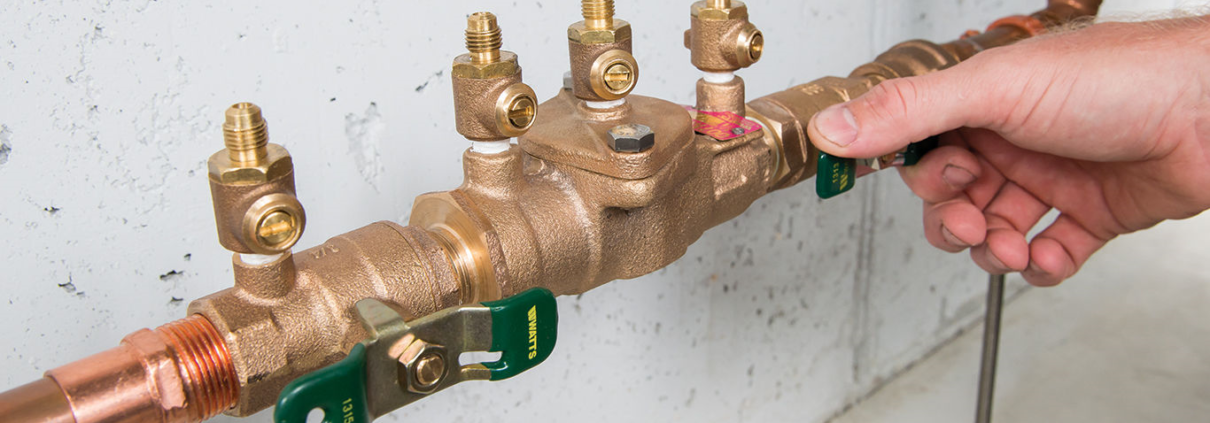The main goal of any plumbing system is to get water into your home—and not the other way round. Most likely, you want it to stay that way, and here is where a backflow preventer comes in handy. A backflow preventer helps to ensure that water goes in one direction, and never the other. Simply put, it helps to prevent backflow. It is a device that is installed on home’s water pipes, which allows water to flow in into your homes but never out of it. Its main function is to prevent water contamination which can occur as a result of backflow.
What is backflow?
Backflow occurs when water that is supposed to only ever flow into your homes from the main water supply, flows back out into the water supply, from your homes. Just like the name implies, backflow occurs when water moves in the wrong direction and into your water supply, instead of out of it. Backflow can result in water contamination as a result of contaminants like pesticide, human waste etc.
A lot of things can cause backflow. One of such causes is pressure changes in the pipes which makes water flow backwards into the main water supply. Water, like most liquids, naturally moves from an area with high pressure to an area with lower pressure. Backflow may occur if the water pressure in a pipe is reduced, when there is a broken water line, or if a large amount of water is being used, like what is needed for extinguishing fires.
How It Works
There are multiple types of backflow preventers which includes the Pressure Vacuum Breaker (PVB), the Reduced Pressure Zone (RPZ), and the Double Check Assembly (DCA). Each type of backflow device is designed to provide a different level of protection for various commercial or residential organizations. Hospitals and morgues, for example, handle large quantities of hazardous wastes on a daily basis, so they require much heavier-duty backflow preventers than a residential irrigation system.
A backflow preventer has two check valves and one relief valve in the middle. The check valves and the relief valve open and close with pressure. If there’s a problem with any of the check valves the relief valve opens and releases the water into the atmosphere.
Why You Should Install One
A backflow preventer essentially protects your water (drinking, cooking, bathing, washing) supply. A backflow preventer is very important as it eliminates the spread of infections through contaminated water. Wherever you live or work, there’s a high probability of getting backflow of human waste, fertilizers, chlorine, soaps from showers, dishwashers, sinks, bathtubs etc. which can spread diseases.
Also, installing a backflow preventer would prevent you from breaking the law. In 1973, The U. S. Environmental Protection Agency established “The Safe Drinking Water Act” in order to prevent contamination of public water systems which may occur through backflow and other means. Also according to the State of Delaware Plumbing Code, the installation of backflow preventers must be approved via permit and they are required to meet American Society of Sanitary Engineering (ASSE) standards for construction, installation, maintenance, inspection, and testing for that specific application and type of device.
So that means when installing a backflow preventer, it is critical that you get a certified plumber like the experts at Federal Mechanical who can help you choose and install the right type of backflow preventer you need.




Leave a Reply
Want to join the discussion?Feel free to contribute!